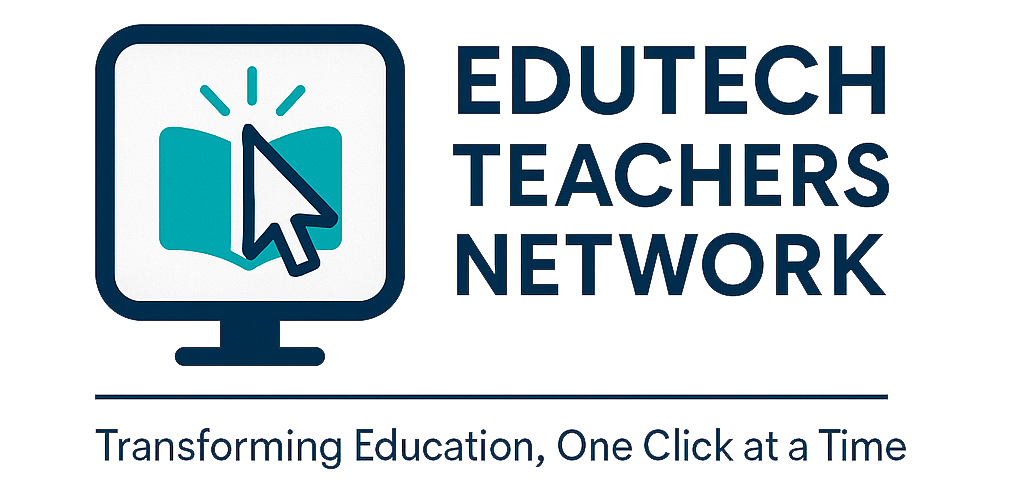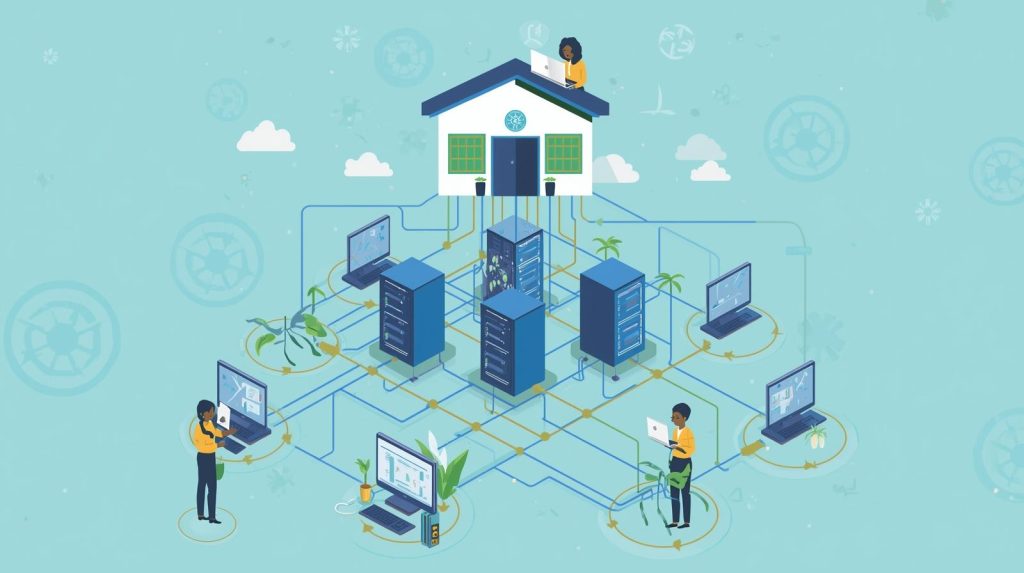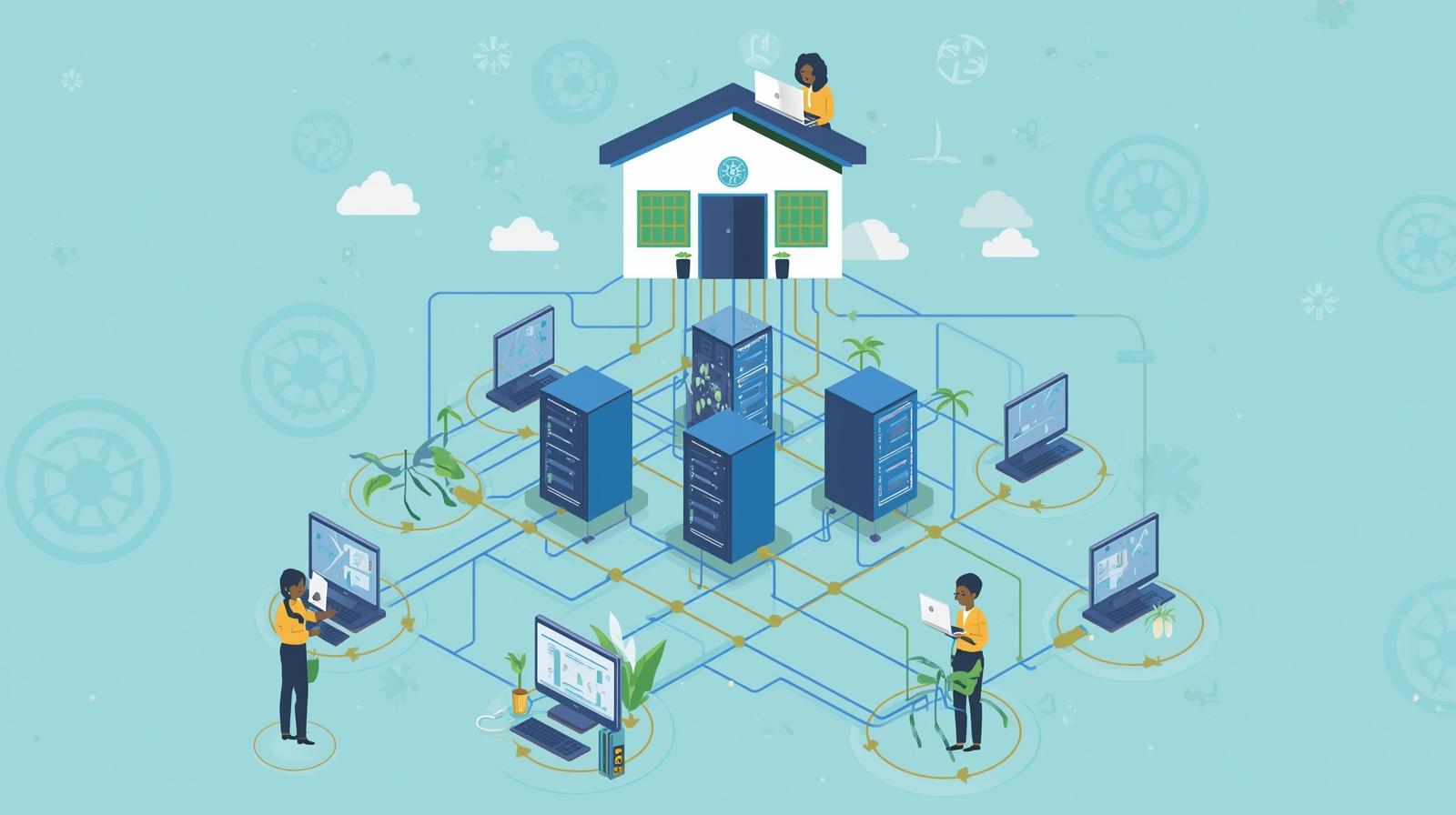Introduction
In the lively corridors of Uganda’s secondary schools, where the hum of eager students fills the air, teachers step into ICT labs each morning with hopes of sparking inspiration through interactive digital tools like geometry simulations. Yet, frustration often takes hold as they find half the laptops missing some borrowed without records, others stashed away after quick repairs or a projector gathering dust due to an unclear maintenance schedule. This scenario echoes across schools in Uganda and much of Africa, where the integration of ICT is revolutionizing education but strained resources pose significant challenges. Effective management of school ICT inventory isn’t merely about tracking gadgets; it’s the cornerstone of sustainable digital learning, ensuring that tools like computers, projectors, and software licenses empower teaching rather than create obstacles. This article explores how teachers, with support from the EduTech Teachers Network (ETN) and insights from Sharebility EduTech Course modules, can transform ICT management into a strength, fostering an environment where technology thrives in Ugandan classrooms and School computer laboratories.

The Challenge of ICT Resource Management in Ugandan Schools
Across Uganda’s educational landscape, the push to integrate ICT into teaching is met with enthusiasm but hampered by inconsistent resource management. Laptops vanish from labs due to unrecorded borrowing, projectors sit unused without maintenance plans, and software licenses expire unnoticed, leaving teachers scrambling. In rural areas forexample Apac, where schools may share a single computer lab across multiple institutions, the lack of inventory oversight leads to frequent breakdowns and lost learning opportunities. Urban schools in Kampala face similar issues, with rapid tech turnover outpacing tracking efforts. A 2022 report from the Ministry of Education highlighted that about 40% of ICT equipment in sampled schools was either non-functional or misplaced due to poor inventory practices. This chaos disrupts lessons, discourages tech adoption, and wastes funds challenges that demand a structured approach to sustain digital learning.
Why Inventory Management Matters
Effective ICT inventory management is the heartbeat of a tech-enabled classroom. It ensures availability of tools like interactive whiteboards or coding software, enabling teachers to deliver engaging lessons aligned with the Competency-Based Curriculum (CBC). In Jinja, a school with a well-maintained inventory saw a 15% increase in student engagement in math classes using simulation tools, per local teacher feedback Conversely, mismanagement leads to downtime, forcing reliance on outdated methods and widening educational gaps. Sharebility EduTech Course Module 3 on ICT Infrastructure Management emphasizes that a clear inventory system reduces costs by preventing loss and optimizing repairs. For teachers, it means less frustration and more time to innovate, turning ICT into a reliable ally in education.
Practical Strategies for Teachers
Teachers can take charge of ICT inventory with practical steps, supported by ETN’s community and resources. Here’s how:
- Create a Digital Inventory Log: Use spreadsheets or free tools like Google Sheets to track devices, serial numbers, and loan statuses. A teacher in Lira implemented this, cutting missing equipment reports by 30%.
- Establish Borrowing Protocols: Set clear rules for equipment use, requiring sign-outs and returns. This prevents the chaos of unrecorded loans, as seen in many Kampala schools.
- Schedule Regular Maintenance: Assign a weekly check for projectors and laptops, coordinating with local technicians. A Gulu school’s routine maintenance plan extended device lifespans by two years.
- Train and Collaborate: Join ETN workshops to learn inventory best practices. Peer sharing, like in Mbale’s teacher network, fosters accountability and skill-sharing,Sharebility Team preparing the computer lab at Dr. Obote College, Boroboro for extra hands-on EduTech Workshop such strategies create a positive impact and success in digital learning communities.
A table of strategies:
| Strategy | Description | Benefit | Example |
| Digital Log | Track devices with software. | Reduces loss. | Lira teacher’s 30% drop in missing items, It’s reported also that over 30 teachers, most of whom are from UPE schools have abandoned the teaching profession in the recent past. |
| Borrowing Rules | Enforce sign-out systems. | Prevents misuse. | Kampala school’s organized lab access. |
| Maintenance Schedule | Weekly device checks. | Extends lifespan. | Gulu’s two-year device durability |
| ETN Training | Attend workshops. | Builds skills. | Mbale’s collaborative success. |
Leveraging ETN and Sharebility for Support
ETN, with its interim committee elected on 13/08/2025, empowers teachers through training on ICT management, aligning with Sharebility’s Module 3. Schools can adopt sample ICT policies from Sharebility , ensuring structured inventory processes. In Wakiso, ETN-led sessions helped a school halve equipment downtime by implementing a digital tracking system
Overcoming Barriers
Challenges like funding shortages and staff turnover can derail efforts. Teachers can seek NGO support, like UNICEF’s ICT grants, and advocate for budget allocations. Building a team culture, as done in Jinja, ensures continuity despite staff changes.
Closing Reflections
Effective ICT inventory management transforms classrooms into hubs of innovation, empowering teachers to deliver impactful lessons. With ETN’s guidance and Sharebility’s resources, Ugandan schools can overcome resource strains, ensuring every student benefits from technology. Let’s embrace this opportunity to build a sustainable digital future, one well-managed lab at a time.



Leave a Reply